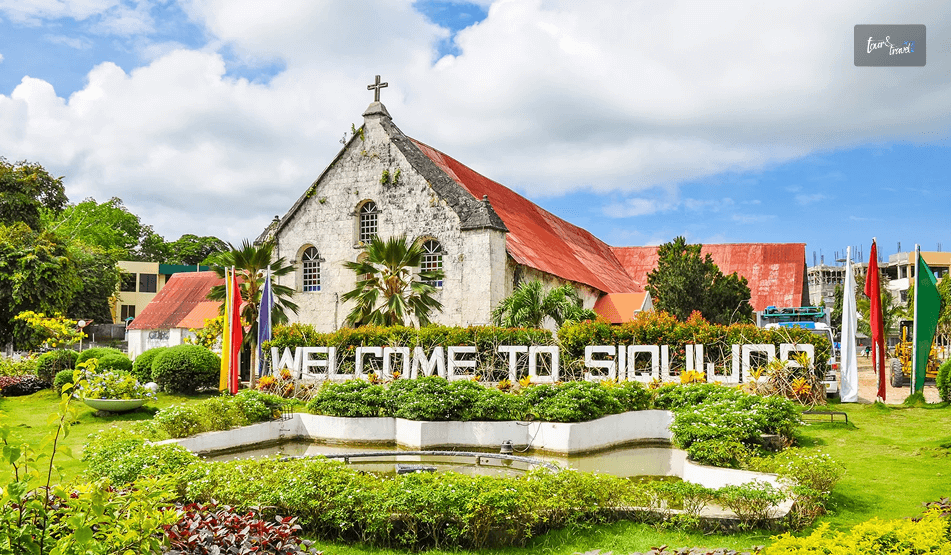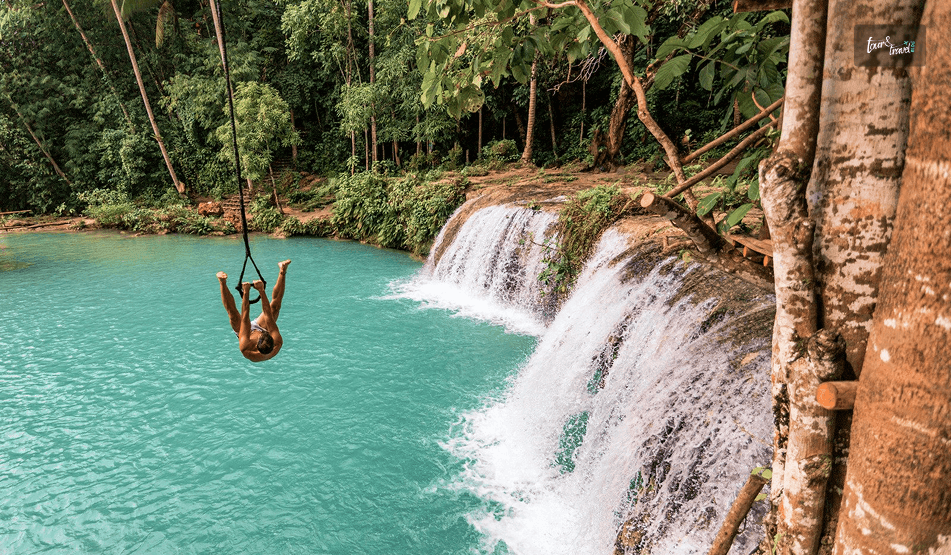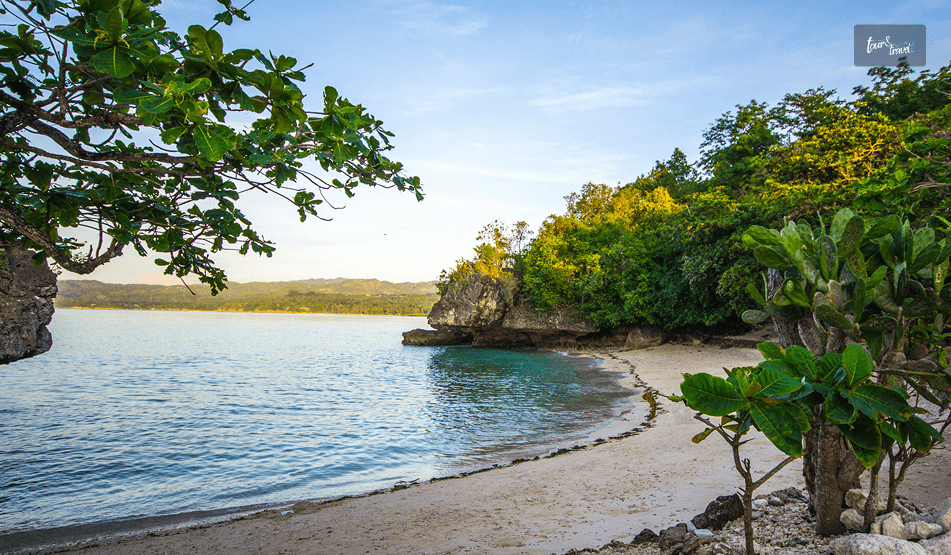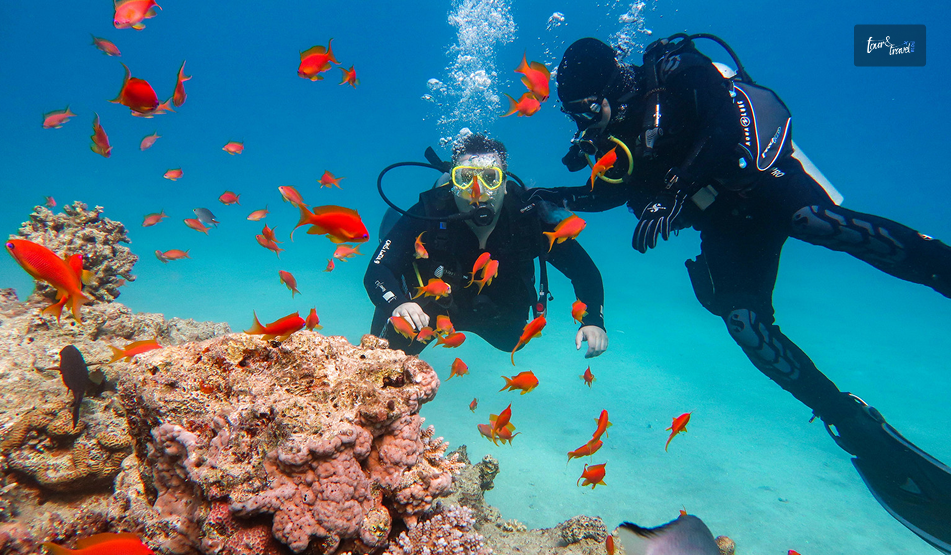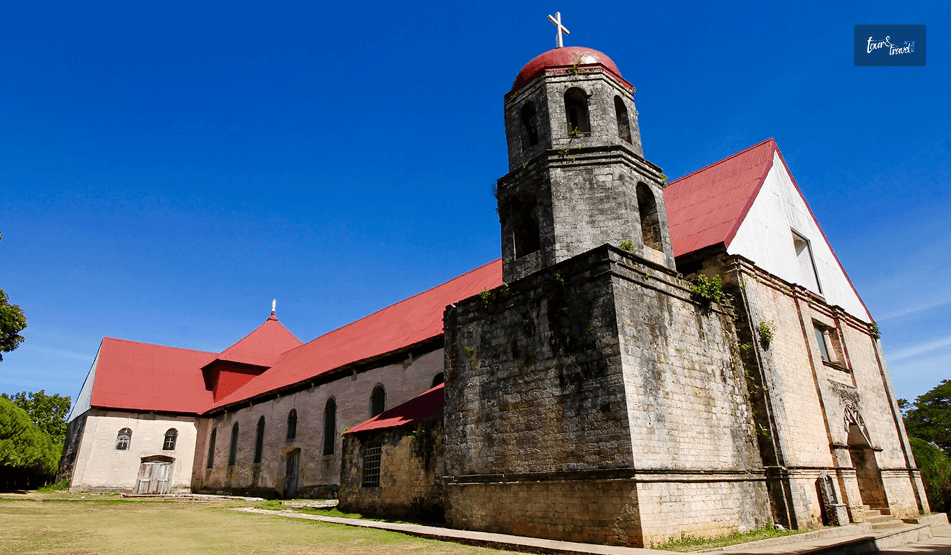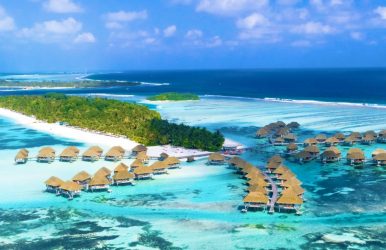THIS Is When You Should Visit Maldives!
BY Abdul Aziz Oct 27, 2023
The best time to visit the Maldives is between December and March. This small group of islands in the Arabian Sea is probably one of the most beautiful holiday destinations for both honeymooners as well as families. These tropical islands are hot and full of sunny weather. The heat stays between 23 degrees to 31 degrees, however, given the year-round sunny weather and the absence of winters in the Maldives, the best time to visit Maldives is anytime. Maldives In Dry Season The dry seasons in Maldives have a temperature of 31 degrees Celsius in the day and 24 degrees Celsius in the night. It is probably the best time suited to visit the islands of Maldives. You can enjoy cultural activities, sightseeing, try the local cuisine, and water sports. You can swim in the blue expanse where the average temperature of the water is 30 degrees. During these months, you can witness the Maldives at its best. The overall vibe of the islands is festive, and the crowd is thicker than usual. The weather and the beauty all around make the dry seasons ideal for visiting. Little to no rain and warm temperatures allow the seaside experience to become even more top-notch. With no precipitation, the visibility is crystal clear, making the picturesque island become even more vibrant. There are beautiful beaches, gorgeous lagoons, and colorful coral reefs to enjoy while you are here, which you won't get bored of. The country does get crowded during the peak season, but an individual resort inhabits each island, so it does not get too crowded. It will be reasonable for you to check before you plan a trip about the crowd and availability of a more personal experience. Some of the most popular locations in the Maldives are Nalaguraidhoo Island, Banana Reef, South Ari Atoll, and North Mal-Atoll. Another well-rated tourist spot is the HP Reef. This is a protected marine ecosystem that harbors rich marine life. Maldives: A Cultural Hub The major festival celebrated in November is the birth of Prophet Muhammad or Mawlid. It is the most well-known festival celebrated in a grand carnival style for two days. Street processions and elaborate mosque decorations dot the island. During peak season, the cost of staying at a hotel rises manifold, so if you are looking for more budget-friendly options, you can choose to visit in April. This marks the end of the peak times, and the tourism industry here enters the lean months. Maldives has become one of the top hotspots for Indian tourists not only because of its beauty but also its food options all around the world. The traditional cuisine of the Maldives is a plethora of fish, coconuts, and starches. Some of the common foods that come under seafood are local cuisine which includes yellowfin tuna, wahoo, skipjack tuna, and frigate tuna. With its geographical proximity to India, there is a lot of culinary influence that is evident in its spices, flavors, and curries. The laws here are very strict, so you must beware of carrying alcohol, pork, religious books, and tobacco products. And don’t forget to check the seasonal price hikes when booking water activities. Why Visit The Maldives? Now that you know when is the best time to visit the Maldives and you are still not sure what you could do there, we have all the answers for you. Keep reading to know what you can expect from a visit to the Maldives. Bioluminescent Water Under The Stars Visit the Vaadhoo Island in Raa Atoll, where the stars float in the water– the phytoplankton dinoflagellates that emit luminescent toxins. The small starry lights are emitted as a defense mechanism to keep other predatory fish and creatures away. You can walk through the planktons and create more stars that will be etched in your memory for the rest of your life. Maldivian Culture Along with all the natural beauty, Maldives also boasts a vibrant culture. If you want to become more aware of the culture, you must witness the Bodu Beru dance that takes place on the beach in the evenings. You can tape the moments on your camera or try dancing to the tune along with the dancers. The Maldivian boat Dhoni can also be another way you can get to know the local people and their stories. Swim With The Sharks The enormous whale sharks glide along the coral atolls, followed by smaller-sized reef sharks. They also swim around in the nearby lagoons around the resorts. This is not a matter of high alarm, as people can easily swim with these sharks, albeit with supervision. Maaya Thila, Baa, and Ari Tolls are known for shark spotting. You can encounter them at an up-close level or enjoy watching them come by daily at their feeding time near some resorts where they are given food. Best Places To Visit Here are a couple of the best places you can consider when planning to visit the Maldives. There are too many to enlist, we have brought two of the best you cannot remove from your to-do list. Alimatha Island If you are attracted by those pictures, you saw of small, single-residence villas standing in the sea and want to visit the Maldives, this is the name of the place. Instagram-worthy and absolutely breathtaking, this island is a must-visit. Tripadvisor Review “The island is wonderful. If you love peace, beauty, nature, snorkeling, diving, fishing, it's simply the place to go. Villaggio Bravo is perfect for families with kids, the miniclub organizes plenty of activities for them. The food is delicious: the buffet ha many choices. I was surprised to find mainly italians (it's an italian village) and so few foreigners. Maybe it should be better advertised abroad.” - Lushangyin Banana Reef Considered to be the home of the best reef in the Maldives, this beach makes your sunny dreams come alive. Tripadvisor Review “This is by far the best snorkeling I have ever experienced. The amount of marine life, the colors, the coral, the temperature of the water was amazing. I saw Moray Eels, Blowfish, Giant Clams and so much more. On the way out I dozens of dolphins escorted us and jumped out of the water...amazing. There is a very strong current and it is in the middles of the ocean. An absolute must tough if you can get there.” - Avery D Wrapping Up Are you planning a trip to the Maldives and want to know when is the best time to visit Maldives we hope you now know that it really is always a good idea to visit this heaven on earth. The peak season, though, is the dry months. If you have thoughts to share or questions to ask, please leave a comment below. We would love to hear from you! Read Also: Thailand Travel Guide: This Is The Best Time To Visit Thailand! The Stairway To Heaven Hawaii: Hiking Adventure’s Hidden Gem This Is The Best Time To Visit The Seven Magic Mountains In Vegas!

